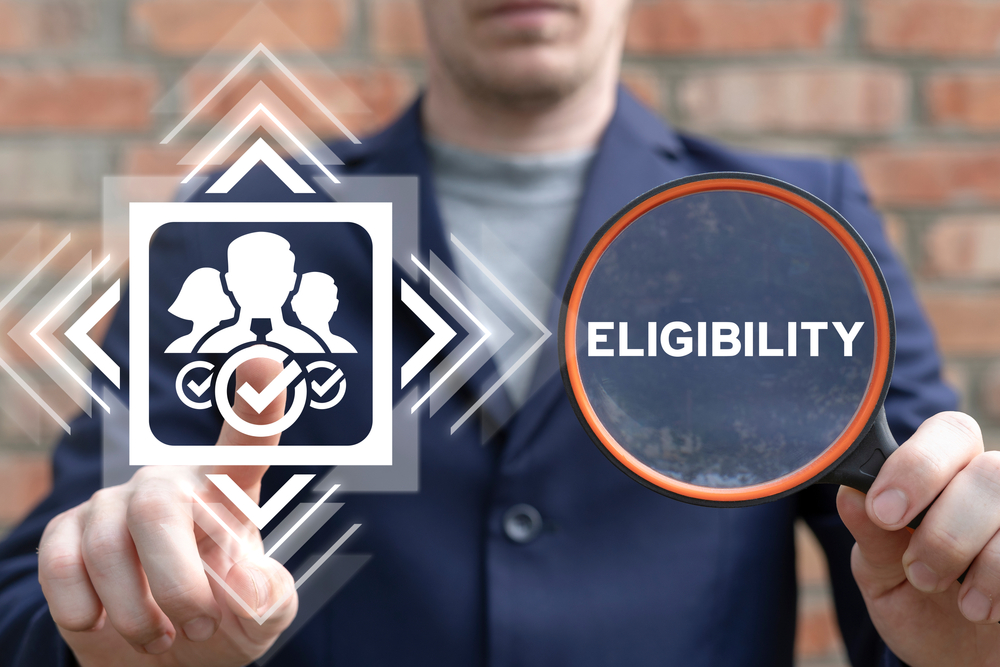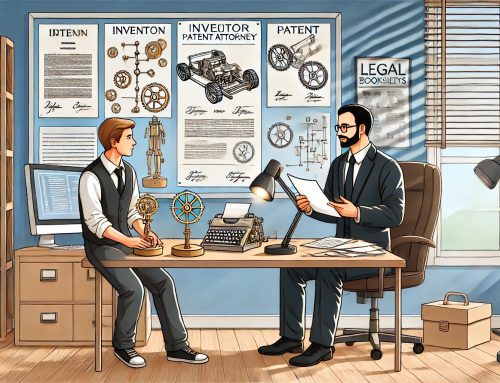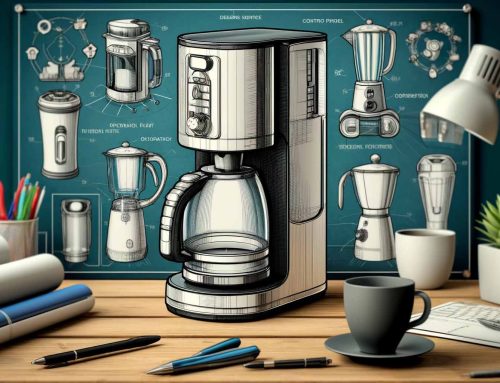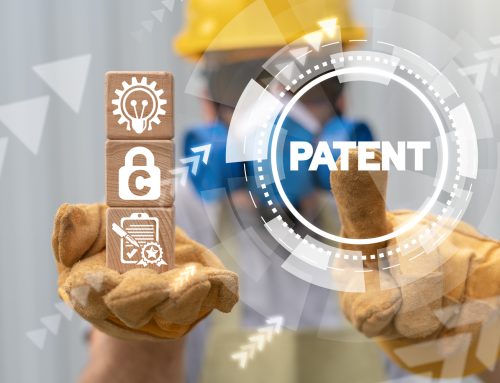In order for your application to be granted, a number of conditions must be satisfied, which can make the process of getting a patent for your innovation or discovery complicated. Your innovation must adhere to the standards outlined in 35 U.S.C. 101, which is one of the most crucial of these requirements. Only “any new and useful technique, machine, manufacture, or composition of matter, or any new and useful improvement thereof” may be the subject of a patent under this section of the patent code.
Four major conditions are imposed on patent applications by 35 U.S.C. 101. First, as the statute forbids multiple patenting, the applicant cannot already be in possession of a patent for the identical invention. Second, the right inventorship must be mentioned together with the name(s) of the inventor(s) in the application. Third, the claimed invention must fit into one of the four statutory categories listed in 35 U.S.C. 101 and be eligible for patenting. Fourth, the claimed invention cannot be based on anything that cannot be patented, such as abstract concepts, natural laws, or phenomena.
An invention must be fresh in order to qualify for a patent, which means that it cannot have been fully and totally disclosed to the public before the patent application. According to MPEP 2104.01, “a claimed invention must be innovative and nonobvious over the prior art, which refers to all previous work that is publically accessible,” a claimed invention “must be novel and nonobvious over the prior art.” The invention must also be helpful, which entails having utility or practical applications. MPEP 2107 has a description of these needs.
When an innovation is “anticipated” by prior art, it means that it has already been explained or asserted in that body of knowledge. In these situations, the innovation won’t be regarded as novel and cannot be protected by a patent. MPEP 2104 contains specific instructions regarding the necessity of originality and non-obviousness.
An innovation must fulfill other standards in order to qualify for a patent, in addition to being brand-new and practical. These specifications are covered in MPEP Chapter 2100, which offers instructions for reviewing applications submitted in accordance with the Leahy-Smith America Invents Act (AIA).
The invention must not be disallowed by the prohibition against double patenting, the inventor must be properly identified, the invention must fall under one of the four statutory categories of invention and be directed to subject matter that is eligible for patenting, and the invention must be both novel and useful, according to 35 U.S.C. 101. A knowledgeable patent attorney at Tucker Law is available to assist you if you have any queries regarding the prerequisites for acquiring a patent.
Please get in touch with Tucker Law if you need help with your patent application or if you have any questions about the conditions set forth in 35 U.S.C. 101. We can assist you in navigating the patent procedure as an experienced patent attorney and make sure your application satisfies all requirements for approval. Please contact us at 1-800-TuckerWins if you have any questions.








